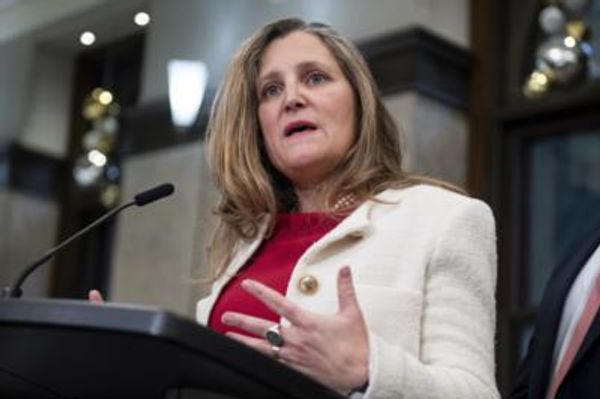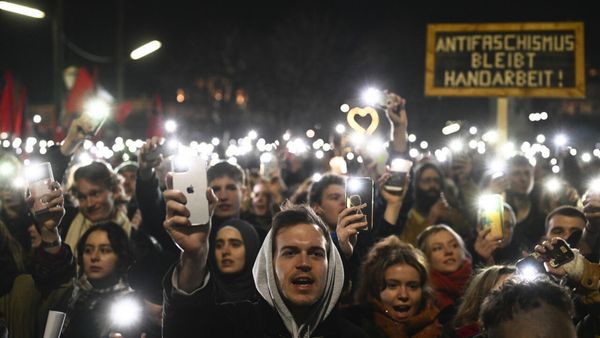
Domestic violence perpetrators are “weaponising” insurance policies to exert financial control over their partners, according to a new report that urges insurance companies to redesign their products to protect victim-survivors.
The report from the Centre for Women’s Economic Safety found that victim-survivors of domestic violence were being denied insurance payouts when their property was damaged – including having their home burned down or car destroyed – because the damage had been done by their partner, who was also a policyholder, thereby voiding the insurance claim.
“I think it feels particularly egregious that with general insurance – which of all the financial products is about protection when bad and unexpected things happen – perpetrators can close joint policies without consent or knowledge of victim-survivors and then they realise they’re not covered, oftentimes when there’s damage inflicted by the perpetrator themselves,” the centre’s chief executive, Rebecca Glenn, said.
“The injustice of that seems so wild.”
One in six women and one in 13 men in Australia have experienced cohabiting partner economic abuse, which involves a person using money and other economic resources to cause harm, control and coerce. Economic abuse is as prevalent as physical abuse in a domestic setting, and often occurs alongside physical violence.
Nadine’s* ex-partner, who was convicted of multiple domestic violence-related offences, set up all their insurance policies. She did not realise until they separated that her ex had not listed her on the insurance, despite the fact she had paid for the policies and the car and house were jointly in her name.
Because her name was not on the policies, two of the three insurance companies she contacted for assistance would not give her any information about them, meaning she did not know if her car or house were insured.
“At a time when I was already incredibly stressed and scared … I was making phone calls to financial institutions, getting placed on hold, then transferred from one person to another, having to explain my situation repeatedly,” she shared in the report. “I found it to be incredibly demeaning, stressful and unfair.
“Two of the insurance companies were so unhelpful; I was crying on the phone, explaining it was all part of a DV situation and I could prove that with my AVO but they showed no empathy … I really want to see insurance companies adjust their policies and procedures accordingly.”
The report recommends all insurance providers adopt a “conduct of others” clause, which allows them to provide payouts to a policyholder if the damage has been inflicted by their partner. The report commended Suncorp and Allianz, which have already done so.
“The introduction of that clause was incredibly important to us,” the customer advocate at Suncorp Group, Bernadette Norrie, said. “We’re still learning. Perpetrators are clever and it’s beholden on us to constantly … learn from those who have had lived experiences how these policies have been used [by perpetrators].”
Catherine Fitzpatrick, the report’s author and the director of Flequity Ventures, said there had been some positive engagement from the Insurance Council of Australia, which introduced a code of practice and guidelines around interacting with victim-survivors of domestic violence in 2021. The code has led to some insurers training up specialised customer service teams to deal with clients who report domestic violence.
“But that still relies on a woman to disclose that something terrible is happening to her,” Fitzpatrick said. “Whereas what the report is suggesting is that if companies start by looking at their product design and the fundamentals of the way the product is working, then go and close those loopholes, they provide better support for victim-survivors and send the message to perpetrators, to say: we don’t tolerate this and we’re not going to look past it.”
* Name has been changed







